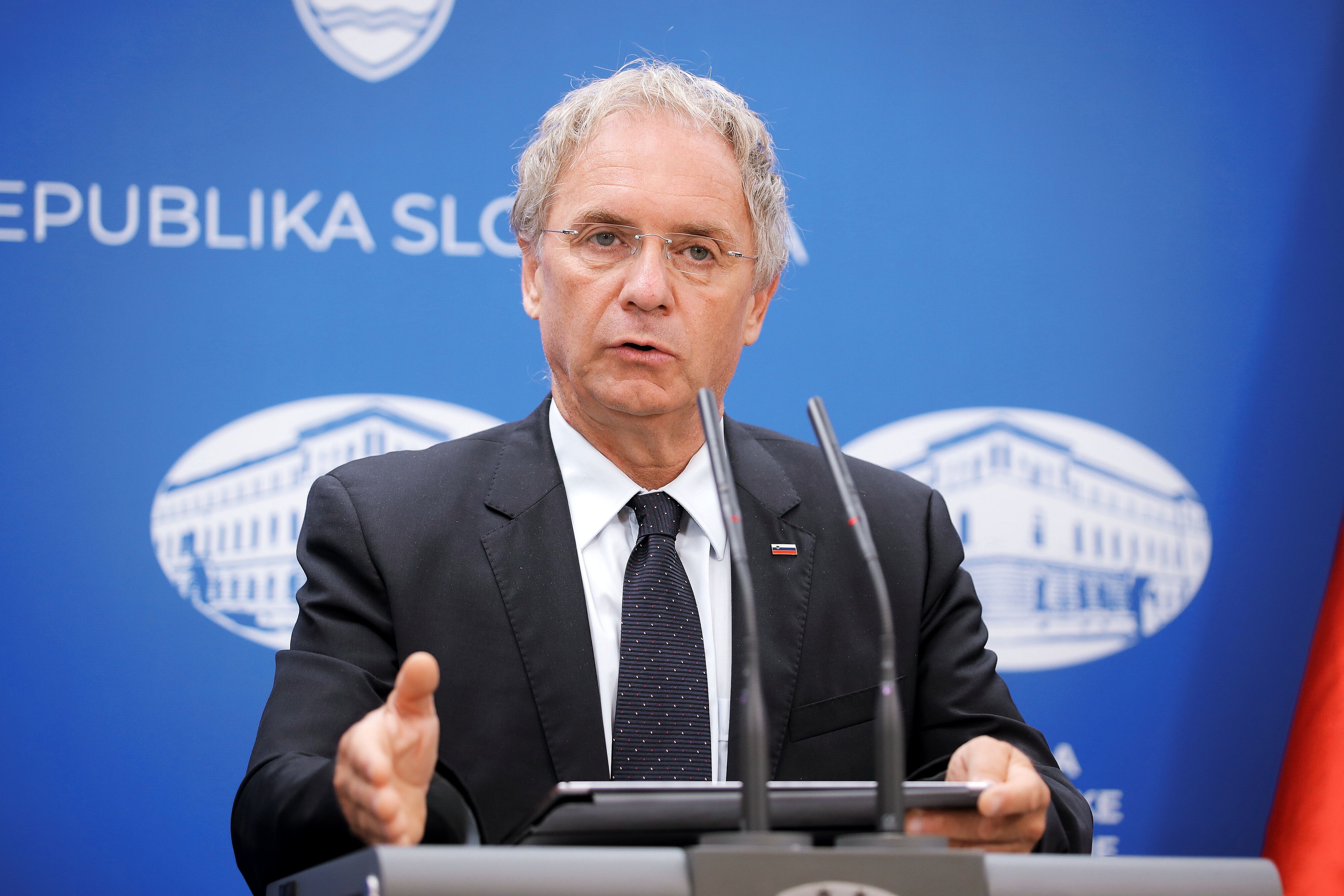At a press conference on the current situation regarding COVID-19, Minister of the Interior, Aleš Hojs, and the government spokesman, Jelko Kacin, spoke about Croatia’s placement on the list of epidemiologically unsafe countries related to the expiry of the deadline for a timely return without mandatory quarantine.
The government spokesman, Jelko Kacin, emphasised that yesterday at midnight there was no serious congestion on the borders due to the expiry of the deadline for citizens’ return home without quarantine.
According to Kacin, the latest data shows that the number of infections imported to Slovenia from abroad is gradually decreasing, which indicates the fact that the Government of the Republic of Slovenia intervened at a sufficiently early stage, at the suggestion of experts, and made the right decision about changing the placement of countries on the so-called red list. The epidemiological situation in Croatia is deteriorating, said Kacin. In Croatia, the current 14-day incidence reached 67 infections per 100,000 population yesterday.
On Monday, another 136 new cases of COVID-19 infection were recorded in Croatia. According to Kacin, no significant improvement is expected in the light of developments in the past few days. However, Kacin gives rise to serious concern in terms of the increasing number of cases in counties that have had a smaller number of cases so far.
Out of 1370 coronavirus tests conducted yesterday, 21 came back positive. 13 cases are still under epidemiological investigation, and one case came into from neighbouring Croatia. In the last 14 days, there are 20.17 infected people per 100,000 inhabitants in Slovenia. Kacin is convinced that this number would be significantly lower without cases imported from abroad.
According to Kacin, our citizens in Croatia had sufficient time to return home in a timely manner and safely without congestion at border crossings. Kacin thanked citizens for their respect and pursuance of the government’s decision; namely, the beginning of the school year, as the normal and full operation of education is and remains an important priority, not only for students, parents, and teachers, but for the whole of society and the government.
Upon the conclusion of the press conference, Kacin added that the government, in more narrowly focussed configurations, will get acquainted with the lates epidemiological situation tomorrow, and will continue the discussion on preparations for the expected wave of COVID-19 spread in autumn, which was interrupted last week.
In the introduction, the Minister of the Interior, Aleš Hojs, thanked the media for the widely broadcast information regarding the inclusion of Croatia on the red list, which ultimately resulted in no delays or congestion at the border crossings. According to the information provided by the Police, around 60,000 citizens returned to Slovenia from Saturday to Monday. Some estimates suggest that there are still around 30,000 to 40,000 Slovenians in Croatia.
The Police analysis shows that the number of people who crossed the border on the last weekend of August does not significantly differ from the number of border crossings on the same weekend last year.
In the three days mentioned, 2138 quarantine decisions were served to persons arriving from countries that have been on the red list for quite some time. 62 decisions were issued today from midnight to eight o’clock; however, the Minister estimates that they do not involve those returning from Croatia. It takes approximately 5 to 7 minutes to issue a quarantine decision. The longest waiting time was 21 minutes.
Minister Hojs reiterated that the Police are carrying out occasional checks on the Hungarian-Slovenian border. Police officers may ask passengers to provide proof that they are not arriving from unsafe countries. Stricter supervision is also to be expected in the coming days, said Hojs.
Minister Hojs thanked the Police for being well prepared for possible congestion at border crossings.

